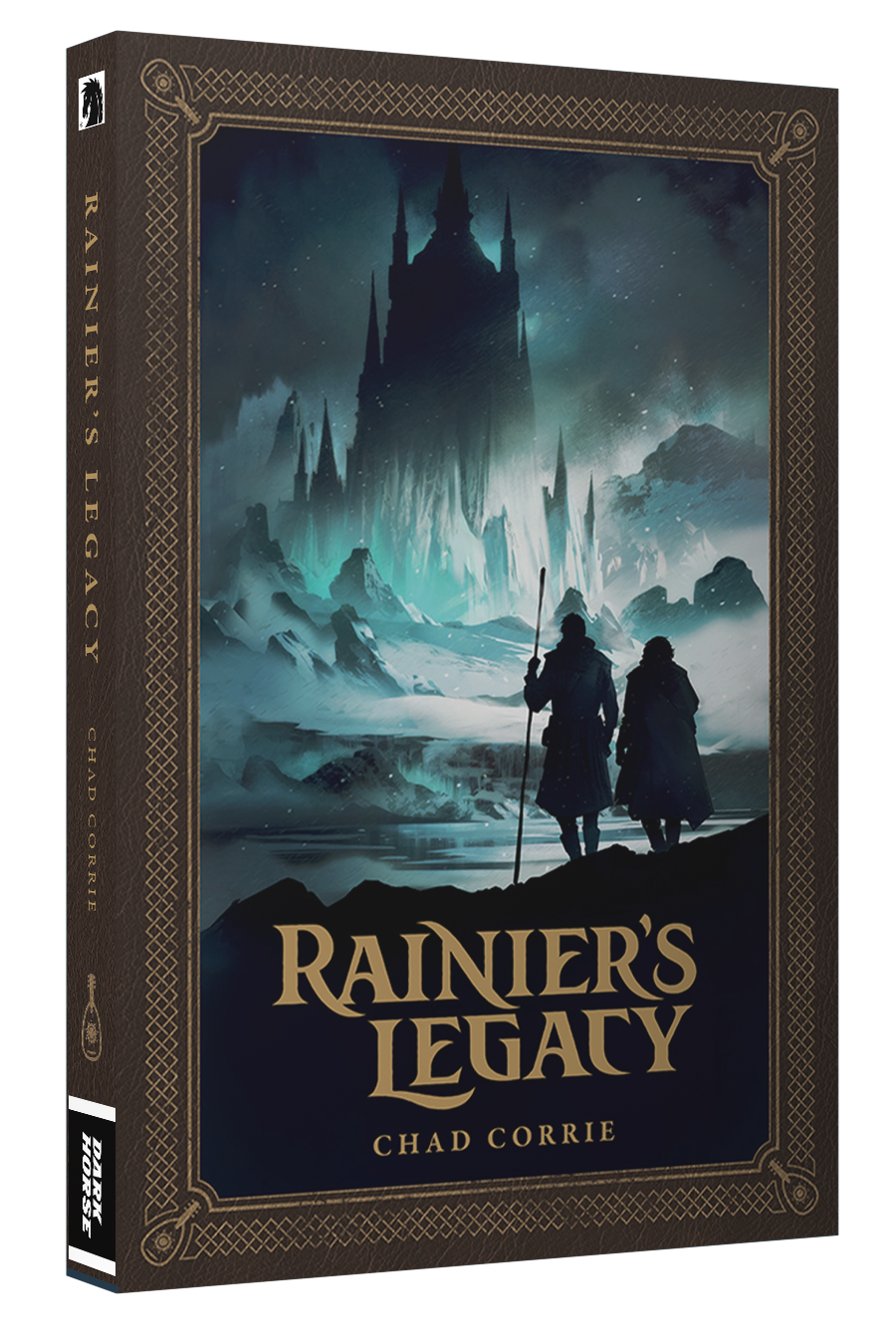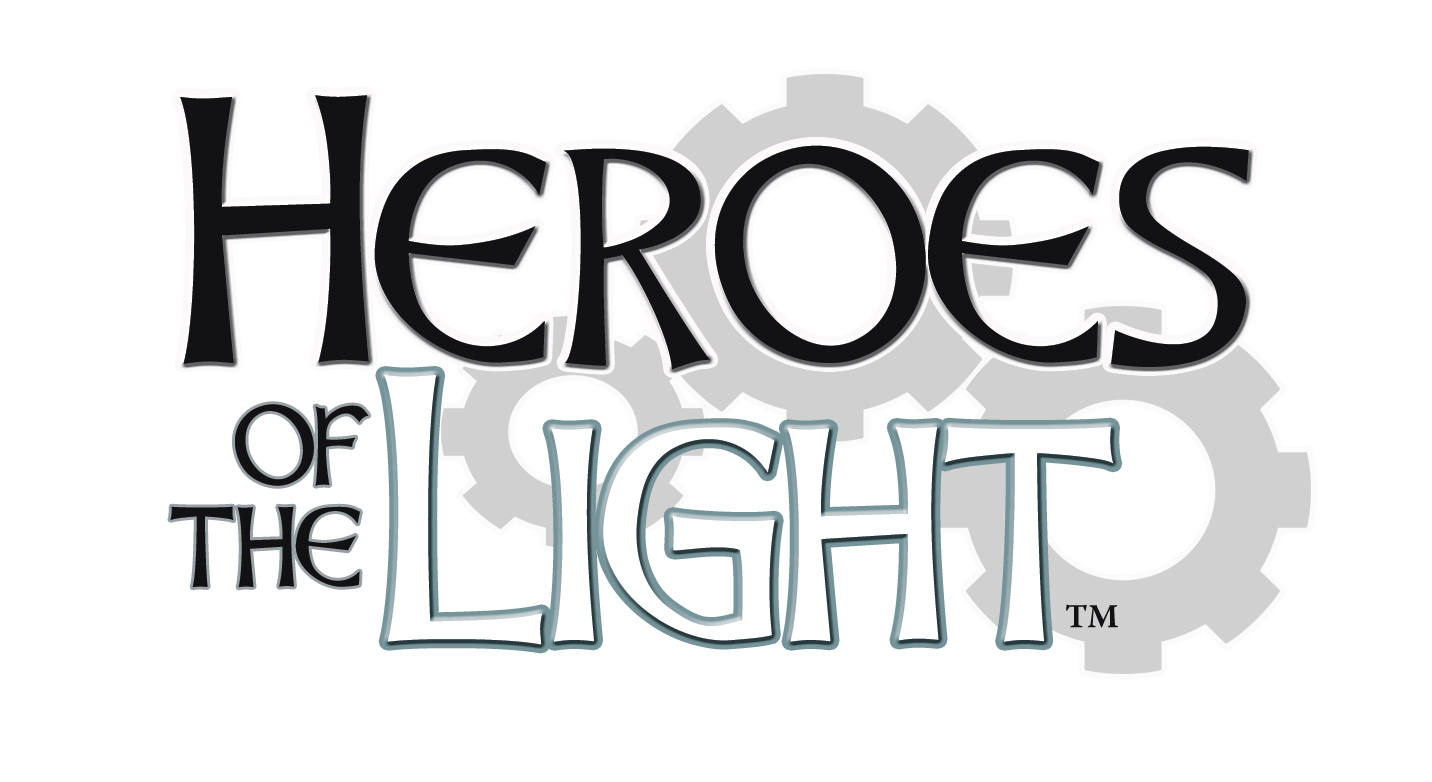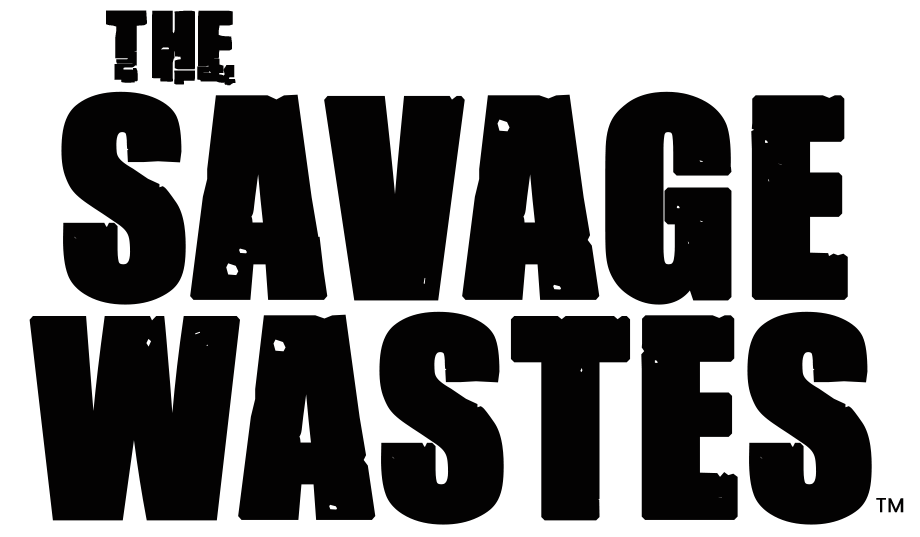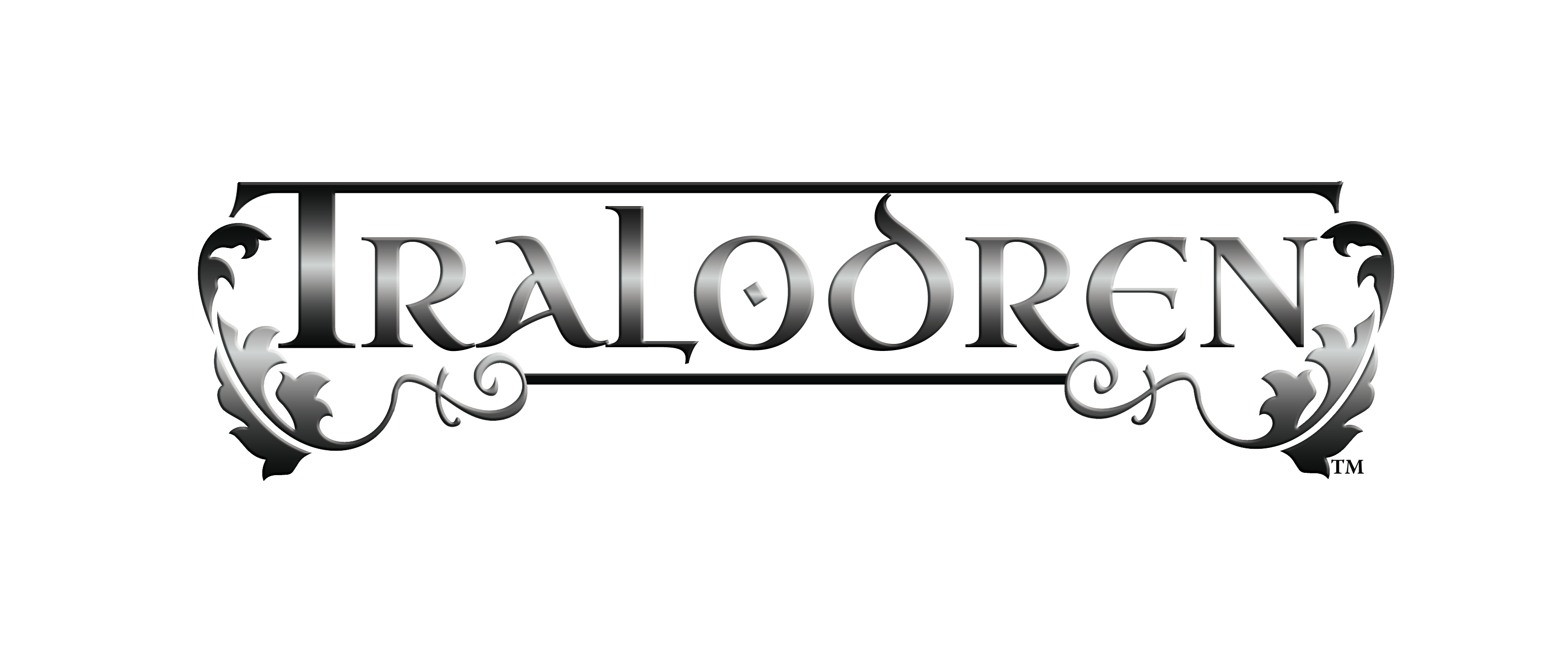AGENTS
THE WAITING GAME
THE WRITER’S DESK © Chad Corrie
In the previous essay we talked about getting your query ready. Now we’re going to talk about sending it off and what you do after that.
Once you’ve thinned the herd and gotten a good number of agents to choose from, take the best of the best first—the ones you really want to work with if you were given a chance—and then, if possible, look to take about five of them and send off your email query. Don’t forget to attach and/or include any requested material with them—in the manner the agent prefers.
Why only five intial queries? Because you’re going to learn in the days that follow just how much better your query can be and what agents might be looking for—two key things that will help you better hone your pitch and process.
For example, you might find you have some typos in the query or in the text you sent over in these first five pages. This can happen (more often than you think) and rather than putting out the mistake to all of your potential agents at once you can now fix it and make it better moving forward. You can also fine tune your query if it isn’t a good hit with agents the first time out.
For example, when sending out some queries for a graphic novel project I found that my first query wasn’t really getting the interest of the agents I sent it to. Looking at it closely, I discovered it was going for the over all concept and not getting into the people and relationships of the story itself. I decided to turn the focus more toward that instead. After I did so requests from agents seeking more information started coming in. Had I not sent the query out in small batches, I would have possibly damaged the chances of my getting the work before other agents.
Another thing you are certain to get is feedback. Not all agents will give it but those that do can provide some helpful insight to your work, which you can use to improve it. Keep in mind, though, that agents will vary with their tastes so what feedback they might give, if it doesn’t gel with your gut, put aside for now. But do look at using any other input they send your way as best you are/feel able to do so. In so doing you can punch up and improve your work to make it better for the next round of submissions and thereby increasing your chances accordingly.
And, of course, it could very well be a fact you might change some part of the work between the time you sent it off and the present. Having the freedom to make these changes before you send things off to a new group of agents is also quite helpful.
After The Query Goes Out
Sending out the query is probably the easiest thing you’ll do. It’s just an email and you hit send. Not too problematic there. What comes next, though, is what can be a trying time for most authors.
Waiting.
Some agents are good about letting you know they got your email, others say nothing at all. No matter the case, you’re still going to have to wait until they send you a reply (if they do) about your work.
So what do you do after sending it off?
Write, for one thing. Just keep at it and working on new projects. You can also put together your next group of folks to send queries to, and in general just be productive. What you don’t want to do is hound the agents or pester them with emails and phone calls, letters, tweets, blog comments, Facebook comments, and the like. Just step back and breath and let them do so as well.
Since just about all agents now take electronic submissions many have found themselves getting hundreds of emails each week—and that’s just for submissions. Then you have the people following up, client questions, publisher questions, and other day-to-day operational matters. That’s a lot of emails and you don’t really want to add to it without good reason.
So what is a good reason, then?
At some point you’re going to need to hear back from the agents. Now, some have taken to a newer policy of not responding to work they aren’t interested in. This can be hard to follow up on as not being able to read their mind, the author isn’t clear on just where they might lie in the line up of consideration. Some agents who follow this format have been kind enough to at least give a time frame: “If you don’t hear from me in four weeks I have passed on your work”, but there are still some who don’t say anything at all.
A general rule of thumb to follow, unless otherwise mentioned by the agent in their guidelines, would be to follow up with a short email after four weeks for a standard query only submission to about six weeks for ten sample pages or first chapter sent with a query, to about eight weeks for anything up to 50 pages or the first three chapters of your manuscript.
Some people call these emails “nudges” as in you’re nudging the agent, presumably with the less pointy part of your foot, to give you some form of progress report. Now, there are many different ways this email can be done but I’d recommend keeping it short and simple with as much information as possible for the agent to go off in terms of title, date it was sent, and the best way to get a hold of you.
An example for a template you could use might be:
Dear Ms. Agent,
This email is meant to follow up on a query I submitted on (date here) for a work entitled: Growler. I wanted to confirm you received the submission and if so your level of interest with it. Any information you could share when you have a moment to do so would be most appreciated.
Thank you for your time.
Name Here
Contact Info here
And that’s it. Again, you’d send this out in the four, six, and eight week timeframe mentioned earlier. In most cases you’ll get a follow up email in about a day to a week, depending on what the agent is up to and where they are with the work. In any event, you should be move informed to the situation.
Should it take longer than that and you don’t hear anything back from them then you can send another nudge—but you don’t want to do more than that. So, if you had a simple query and at the four week mark send off your “nudge” and didn’t hear anything back for two weeks, then you can send off another nudge (basically the same email) to the agent again at the six week mark. The same would be true for the other time frames listed. Just give them at least two weeks in between so they have some time to answer.
Now, should you not get any reply back after this second nudge it’s time to cross that agent off your list and move on. They might surprise you and get back with a reply later but if they haven’t gotten back to you in that time frame it’s clear you’re not that high on their priority list for whatever reason and that’s a sign your chances of them being interested in the work are pretty low to start.
Moving Onward
And this is the process you’d follow for the querying of agents moving forward. Sending out to a group at a time, getting feedback, making your work and query better, and so on. In the next batch you send out feel free to go a little larger as well, this being perhaps approaching between seven and ten agents instead of the initial five; repeating the process as needed thereafter.
Now, so far I’ve been operating on the assumption you’re only looking to submit one work at a time, but you can do more than that if you like. If you do so just make sure you only send one work to one agent at a time. This means you could be sending out some graphic novel work to some agents and then perhaps some prose romance work to another. Since most agents don’t have an overlap of such genres you aren’t going to be stepping on any toes and you can get the added benefit of the multiplication of your efforts.
Do be aware that some agencies prefer you don’t send to more than one agent in their agency at the same time but other than that you should be free to send out to additional agents other work simultaneously. Just about all agents understand that you’re going to be sending out work to other agents besides them (though there still are a few exceptions to that rule) so most won’t have a problem with it. Should you find an agent that does state they wish to have an exclusive submission (that is they and they alone are submitted to at one time—no one else can look at anything else at this time but them) just put them on the bottom of your list and submit to them after you’re gone through all the rest. You can get to them eventually but why not reach as many as you can first? Once you’ve used your list up and no more competition remains then you can send it off to those exclusive agents, if you have any.













